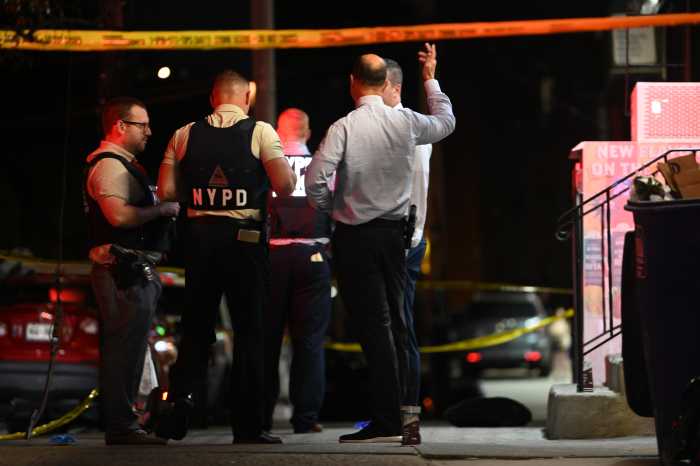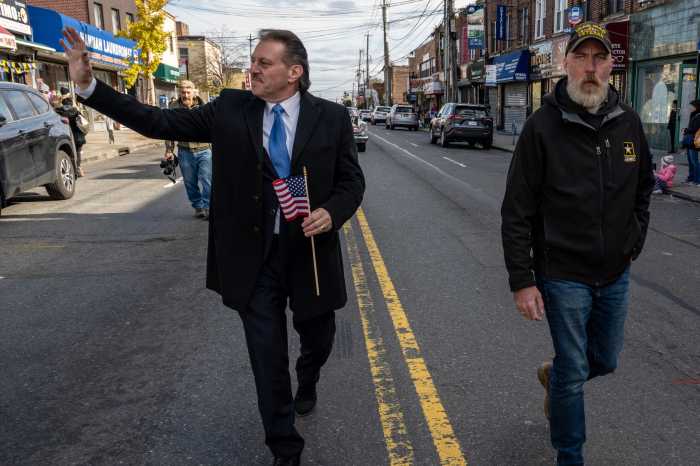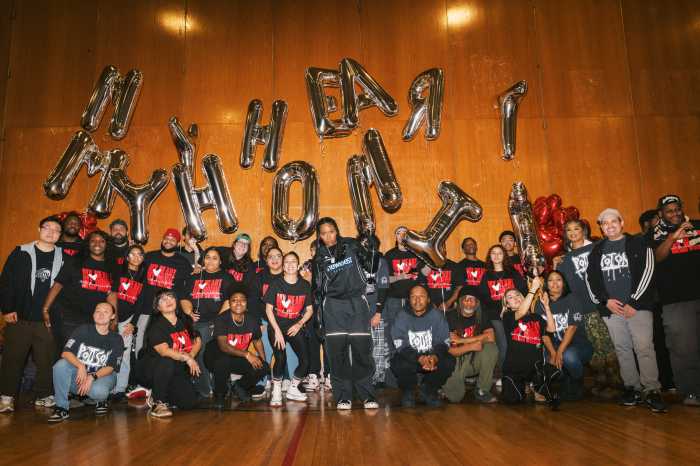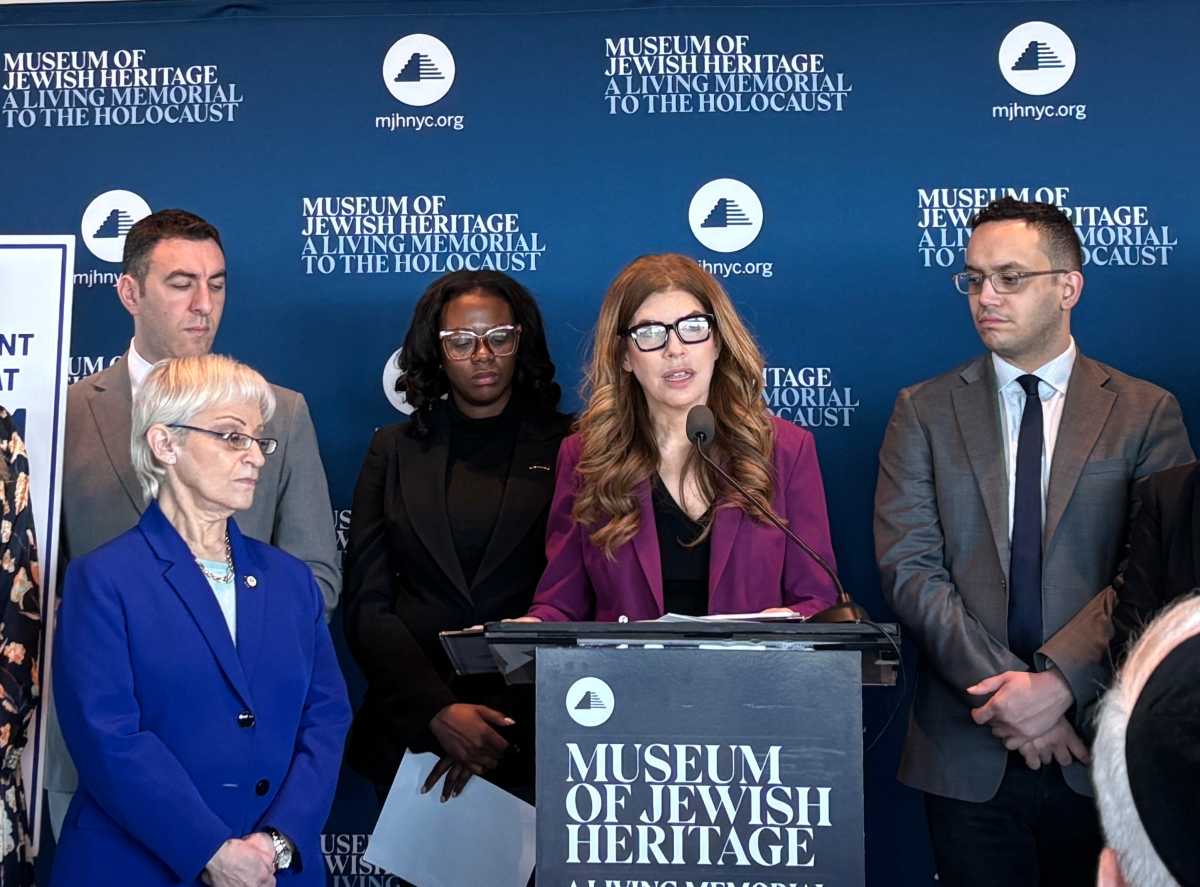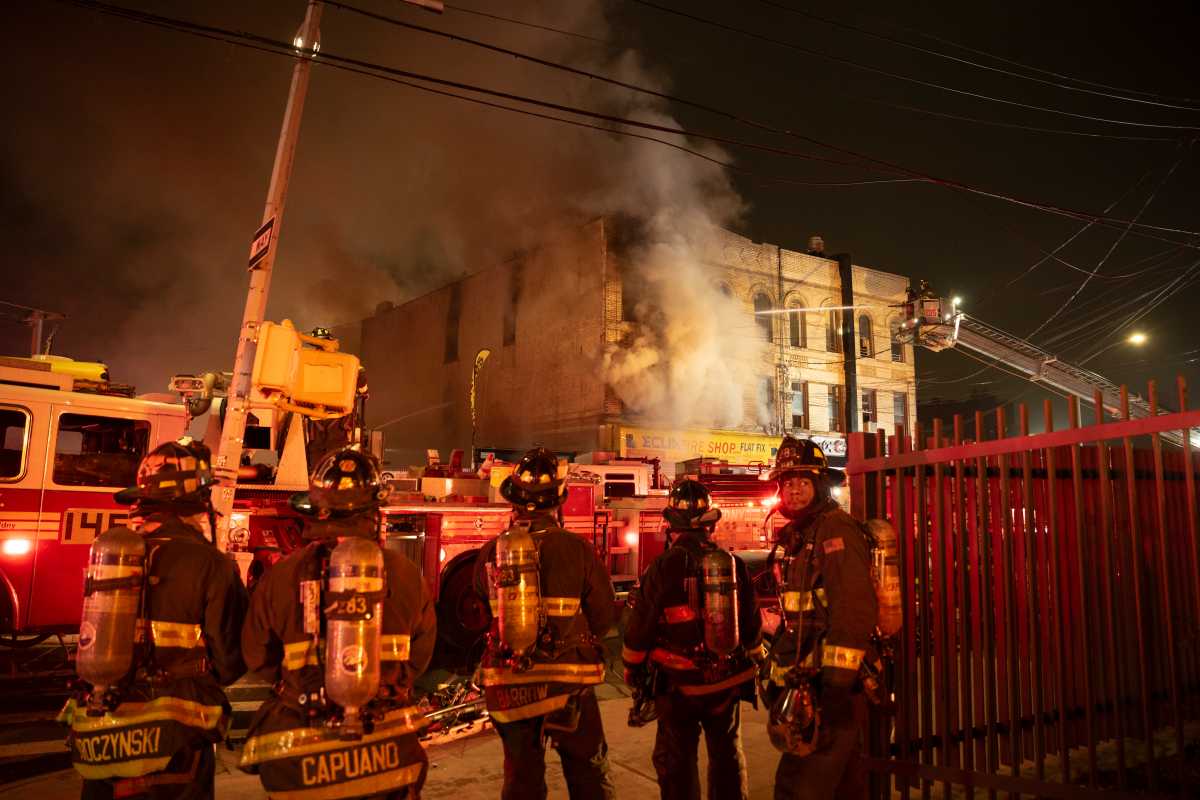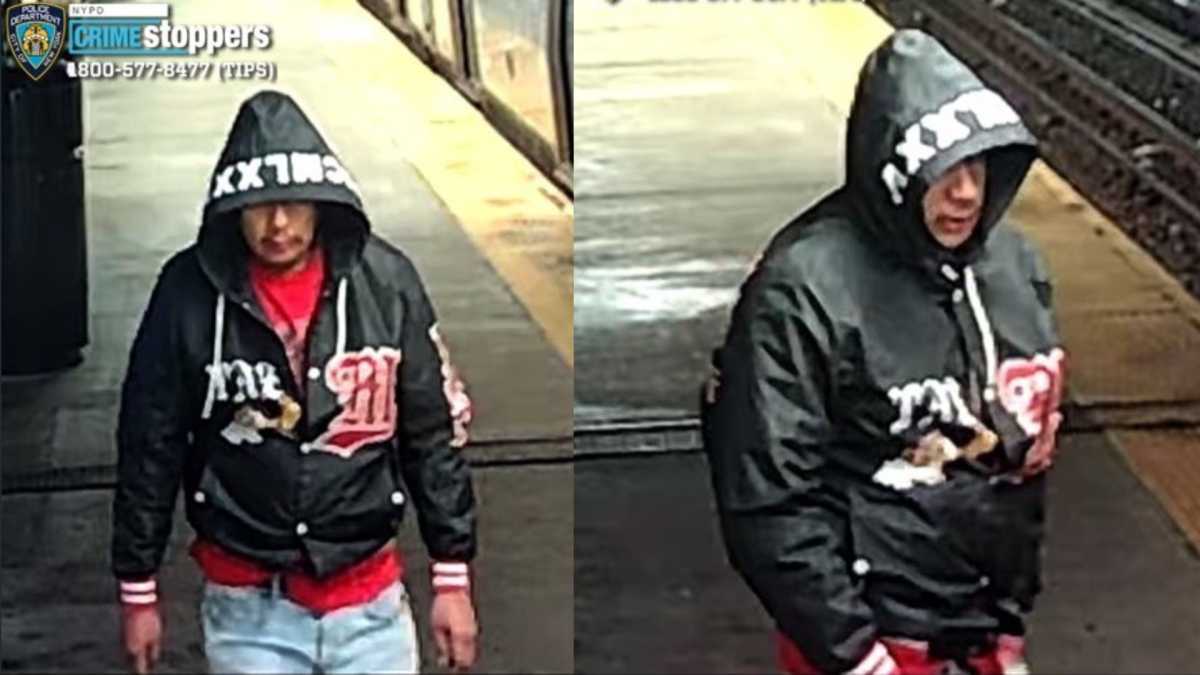“I entirely agree the Jewish community needs to address this problem of underfunded Jewish cemeteries, including Bayside, but it’s already begun to do this through [our organization],” said Gary Katz, President of the Board of The Community Association for Jewish At-Risk Cemeteries (CAJAC).
In the ongoing litigation surrounding Ozone Park’s Bayside Cemetery, Katz feels that the latest round is “a total head scratcher.”
After filing a lawsuit against the cemetery and Congregation Shaare Zedek in 2007 for not maintaining the grounds and the graves – which was dismissed in October of last year for lack of federal jurisdiction – the plaintiffs, including John R. and Elizabeth A. Lucker, Nancy L. Rousseau, Lynn Cohen and Fran Goldstein, refiled in State Supreme Court.
This time they named CAJAC as an additional defendant.
“I am suing the synagogue for the horrendous and disrespectful desecration of Bayside Cemetery, their non-performance of their contractual obligations, and for the statements they have publicly made admitting to co-mingling the cemetery’s funds with those of the synagogue and subsequently using the cemetery’s funds for the benefit of the congregation in violation of trust and fiduciary law,” wrote John Lucker in an “open letter to all Jewish people worldwide.”
He continued, “As a result of the synagogue’s unlawful conduct, Bayside Cemetery has fallen into complete and total disrepair with wild vegetation, grave desecration, recurring vandalism of graves and mausoleums, exposed human remains, and endless excuses from the congregation for why they have allowed the cemetery to disintegrate.”
Russell M. Steinthal of Axinn, Veltrop & Harkrider, LPP, representing the congregation and the cemetery, told The Courier that there is a pending motion to dismiss the latest filing on the grounds that the “plaintiffs lack standing to pursue these claims,” either “in their individual capacities” or in a representative capacity “of their deceased relatives.”
Katz explained that the problems at Bayside Cemetery are not unique, but rather are endemic to Jewish cemeteries throughout the U.S.
However, Katz did concede that Bayside is the “single largest underfunded and problematic cemetery in the New York area.”
The land, which occupies an entire city block and is bordered by Pitkin Avenue on one side, is actually comprised of three different cemeteries, with Bayside being the central one. It has between 30,000 and 35,000 graves and is divided into 87 sections.
Facing diaspora, Katz explained, Jewish people “joined organizations and bought their plots from these organizations, which had bought sections.”
The problem is that many of these organizations are now defunct.
CAJAC, Katz said, has received and administered a grant from UJA and has raised its own funds, totaling in excess of $160,000.
“We’ve devoted most of our efforts to Bayside Cemetery,” he said.
In fact, last fall City Councilmember Eric Ulrich spearheaded a cleanup of the land, and Congregation Shaare Zedek “is pleased to be working with CAJAC . . . on getting the cemetery cleaned up,” according to Steinthal.
“We have made substantial progress,” he said.
Nevertheless, for the plaintiffs, it is not enough.
“The cemetery looks like a rainforest yet it is right in the center of Queens, in New York City, the home of the second largest Jewish population in the world,” wrote Lucker.

